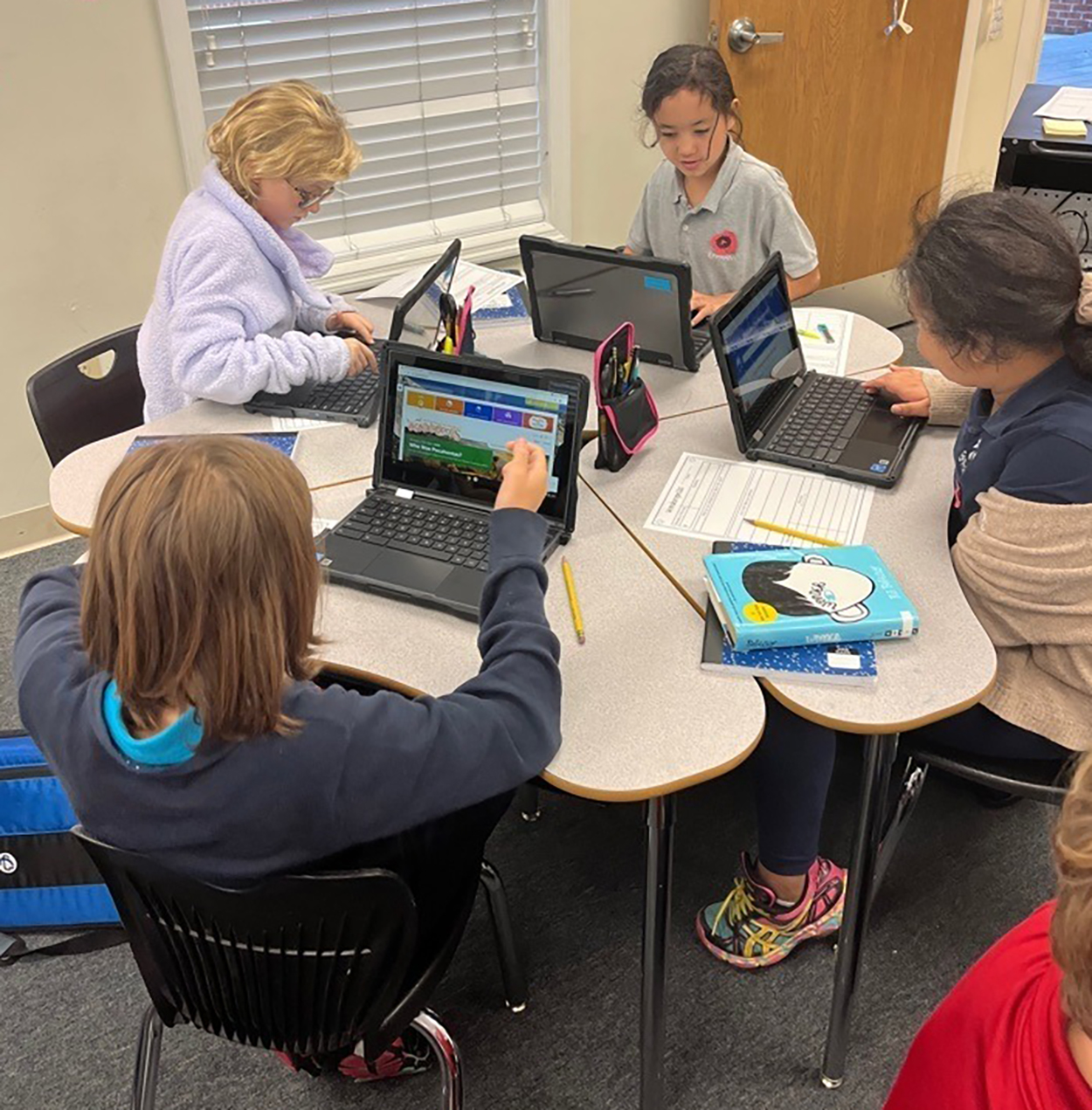Academics
Lower School Overview
As early as Kindergarten, The Epiphany School of Global Studies begins teaching children the values of respect, responsibility, service, and integrity through classroom curriculum, student-led Gatherings, field trip excursions, and intentional opportunities to serve the New Bern community and beyond.
Grades K-5 At A Glance
- Small class sizes equal personalized, individualized attention (8:1 student to faculty ratio)
- Lower School students begin Kindergarten in a 50% Spanish and 50% English setting and continue this structure through the end of second grade. Spanish language learning continues each day in grades 3-5, with more instructional time devoted to other core subjects in English
- Balanced STEM curriculum with a comprehensive, hands-on science program
- Enrichment classes teach students the value of collaboration and communication and lay the foundation for a broader, global perspective
- Highly qualified, experienced teachers who care about each student - focus on relationship building with each individual student to achieve maximum potential
- Learning Services and various tutoring opportunities are available
- No teaching to the test/EOG/standardized testing allowing teachers to teach the full year and focus on each student's achievements and needs
- Dual accreditation by Southern Association of Colleges and Schools AND Southern Association of Independent Schools
- Regular field trips and experiential learning opportunities for each grade throughout the year
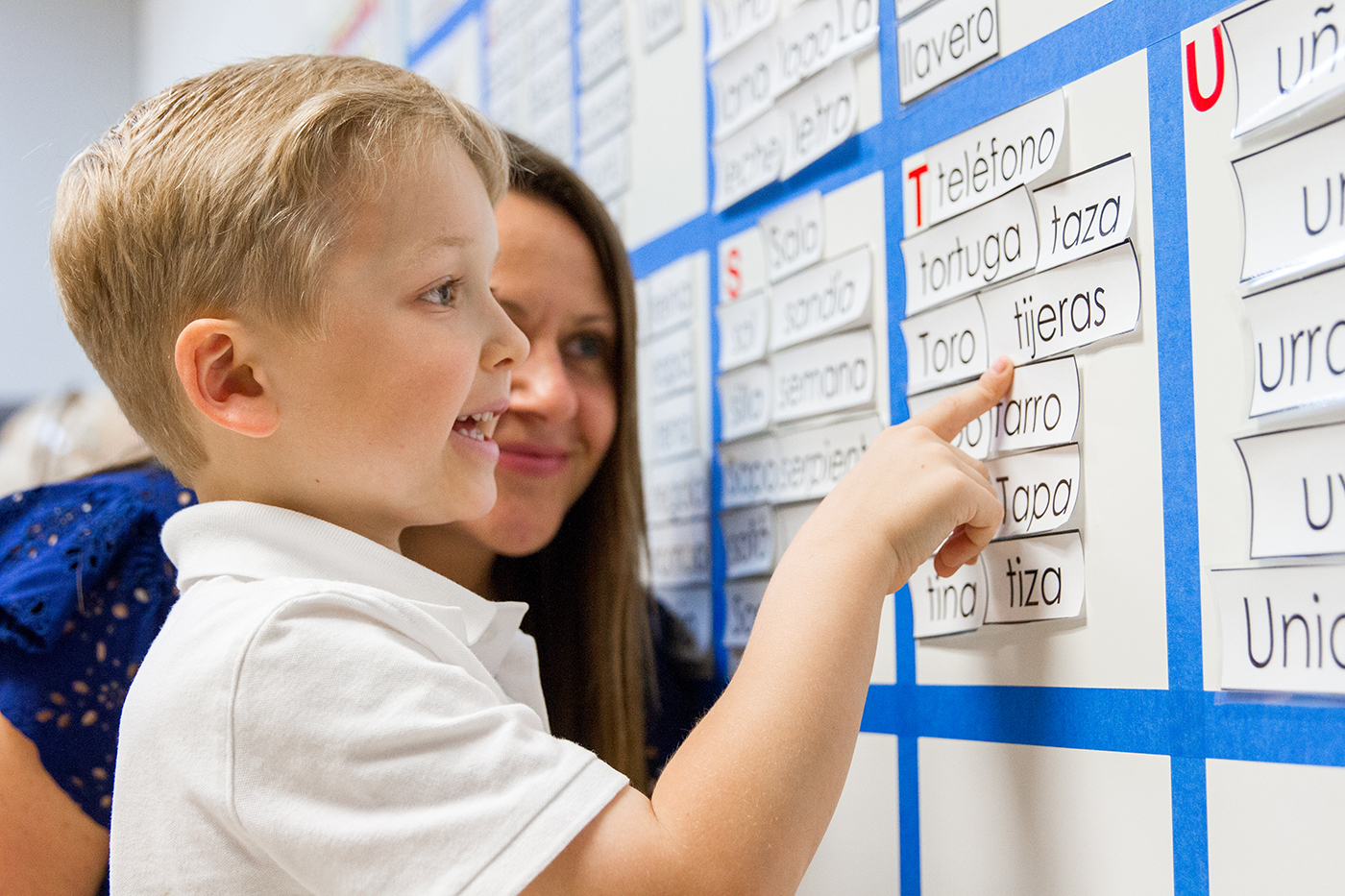
Spanish Immersion
Students in Kindergarten through second grade are enrolled in a 50% Spanish immersion program. These students’ minds are constantly growing and being challenged as they spend half their school day in a Spanish-speaking classroom and half their day in an English-speaking classroom. Children are learning to read, write, speak, and listen in two different languages simultaneously. The research on early bilingual education clearly demonstrates myriad lifelong benefits from this approach to learning. The “bilingual brain” is more adept at problem-solving, understanding math concepts, logical thinking, reading comprehension, and memory. Our K-2 Spanish classes are taught by native Spanish speakers, which means students also have the opportunity to learn about a variety of Hispanic cultures. This cultural awareness further enhances the school’s ability to develop globally aware citizens starting with our youngest Falcons. Beginning in third grade, students continue developing their bilingualism during daily Spanish classes also taught by native speakers.
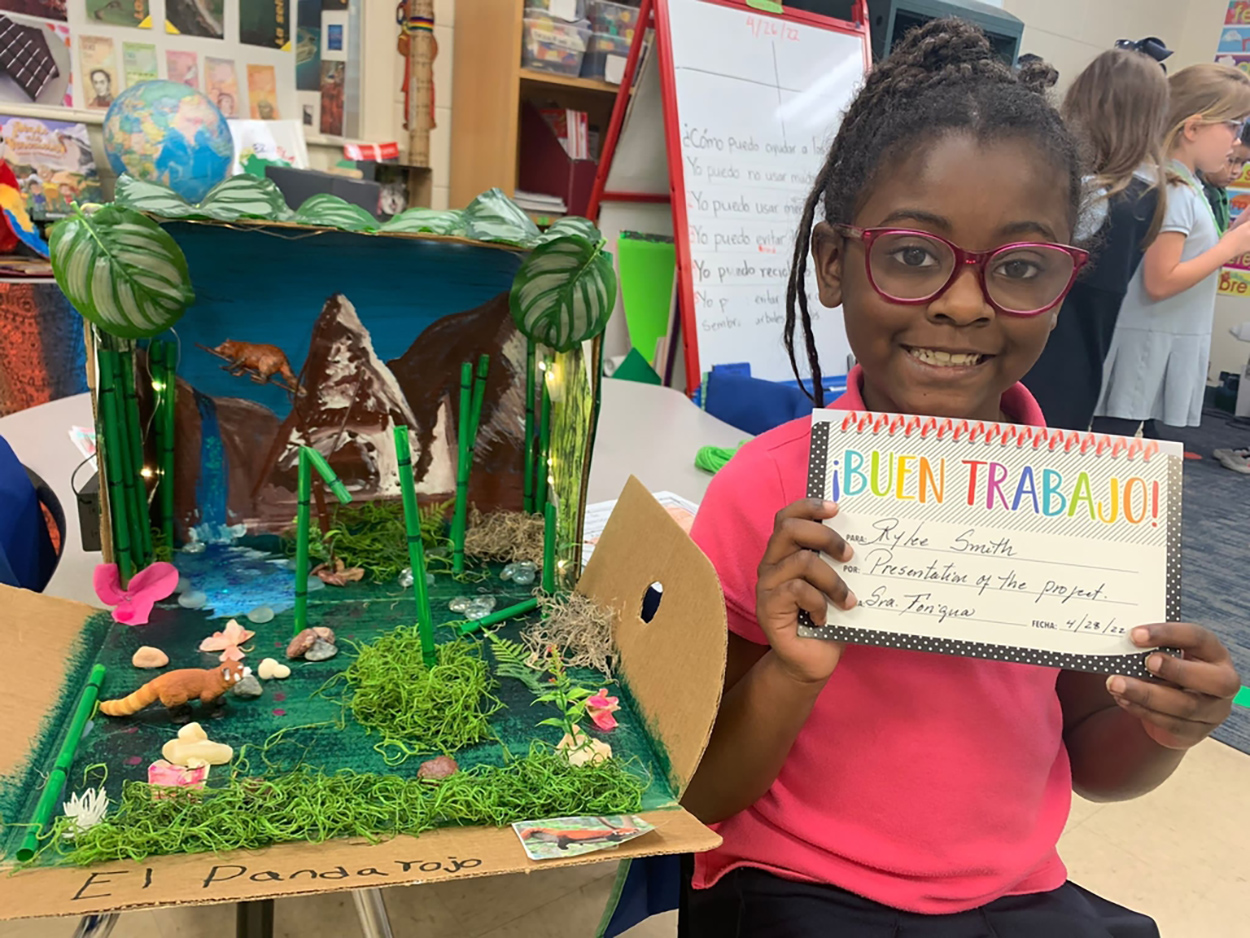
MATH

Students in Kindergarten through fifth grade use Singapore Math, which focuses on mastery over memorization as well as depth over breadth. Additionally, students not only learn what equation to use to solve a math problem; they also learn how the equation works and why it works for the math problem. Focusing on the “why” and “how” behind the equation produces the added benefit of improving problem-solving skills in all students. Singapore Math also teaches to the strengths of both visual and auditory learners because of its unique concrete-pictorial-abstract instructional approach. Students begin learning a concept using concrete objects such as buttons or cubes. Then, students draw a pictorial representation of the concrete objects before moving on to abstract, written equations such as 2 + 8 = 10. This approach reduces the complexity of mathematical concepts thereby making math accessible to all students. This organization of the Singapore Math curriculum has been carefully designed to ensure that each skill builds on the skill(s) learned before. Students will often ‘spiral’ through skills at different grade levels so that they may continue to use what they have mastered previously to develop deeper and deeper understandings of concepts. Overall, the Singapore Primary Mathematics curriculum emphasizes algebraic thinking from a young age, which equips our students to be successful problem solvers and mathematicians throughout their educational journeys.
Language Arts
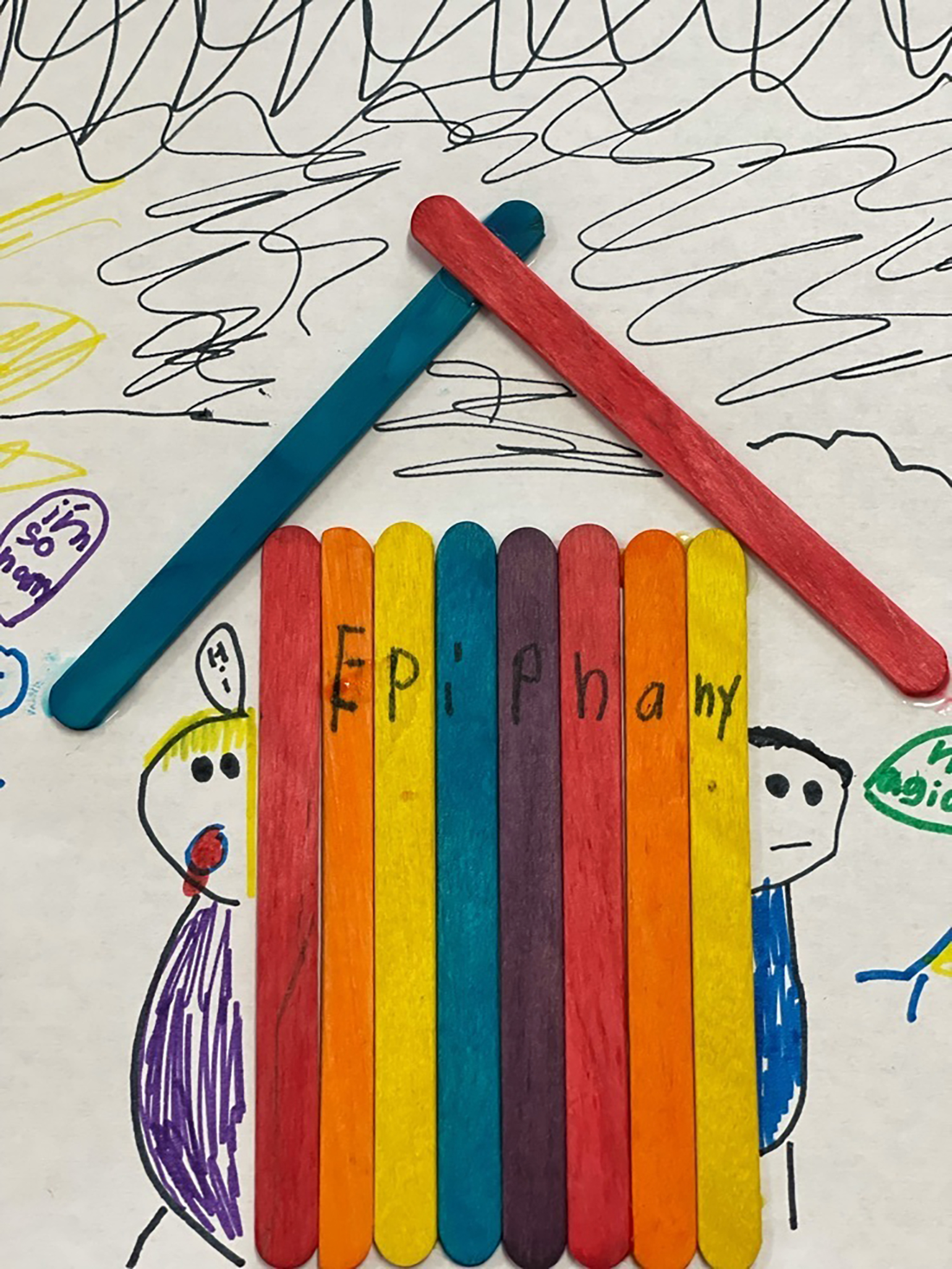
The English Language Arts program in the Lower School is highly engaging and integrates reading, spelling, writing, grammar, listening, and speaking skills. By integrating these skills, students learn that reading, writing, listening, and speaking are all ways of communicating ideas. Communication is, after all, the ultimate goal of academic instruction in the language arts. Additionally, in grades K-2, students receive explicit phonics instruction on a daily basis. This phonetic focus gives students the power to decode words in the English language by applying a simple equation of one sound for each letter. Current brain research strongly supports the use of phonics-based instruction with continuous practice to develop decoding automaticity and fluency. Once students have mastered decoding, they are then able to more fully concentrate on comprehending what they are hearing or reading. As students progress through the Lower School and have mastered basic comprehension skills, attention turns to developing critical thinking, inferencing, and making connections to other texts, personal experiences, and the world beyond the classroom wall. All students, regardless of preferred learning styles, are given many ways to practice skills and are repeatedly exposed at all grade levels to the most important concepts in language arts.
Science and Social Studies
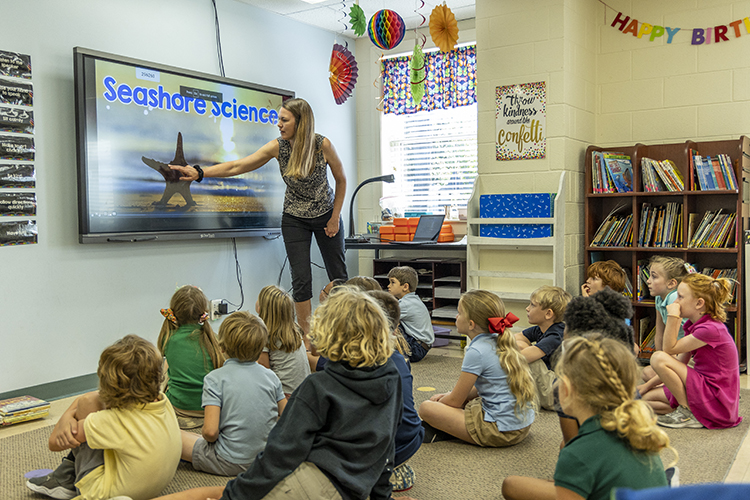
The science and social studies activities in the Lower School are all designed using best practices in problem-based learning and inquiry-based learning. Students conduct hands-on experiments, activities, and research that allow them to develop and explore their own questions while the teachers guide them to a greater understanding of the underlying concepts. Through this approach to science and social studies instruction, teachers are able to foster and develop children’s natural curiosity, which solidifies Epiphany students’ desires to become and remain lifelong learners.
Art
Lower School Art is focused on creative expression and building the belief that everyone is an artist. Students explore a variety of media while learning about art principles, art elements, art history, art presentation, and individual expression. Students learn to appreciate the process of being creative as much as the final creation!
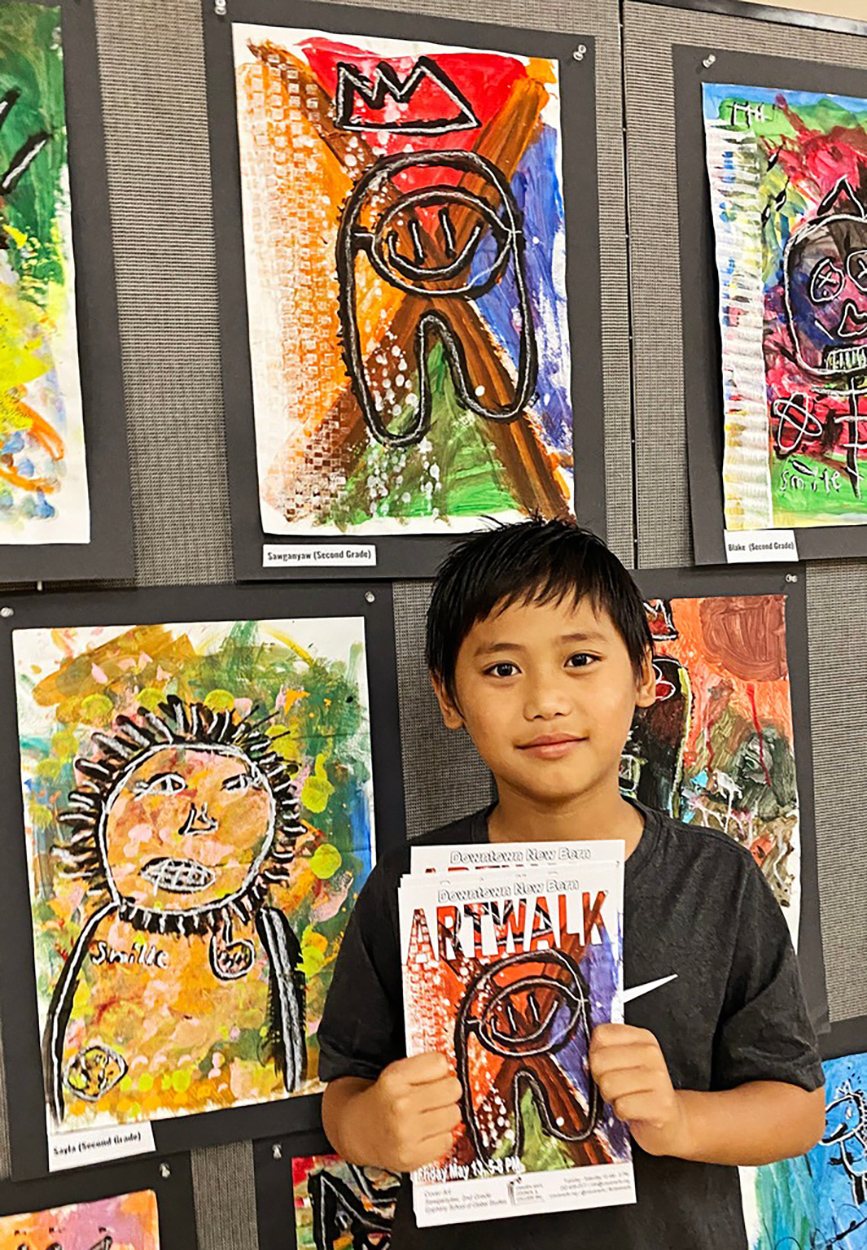
MUSIC
Music class focuses on general music education, combining engaging digital resources with instrumental ensembles, choirs, games, and dance. Our purpose is to help students learn and discover through active music making and to provide them with meaningful and aesthetic experiences.
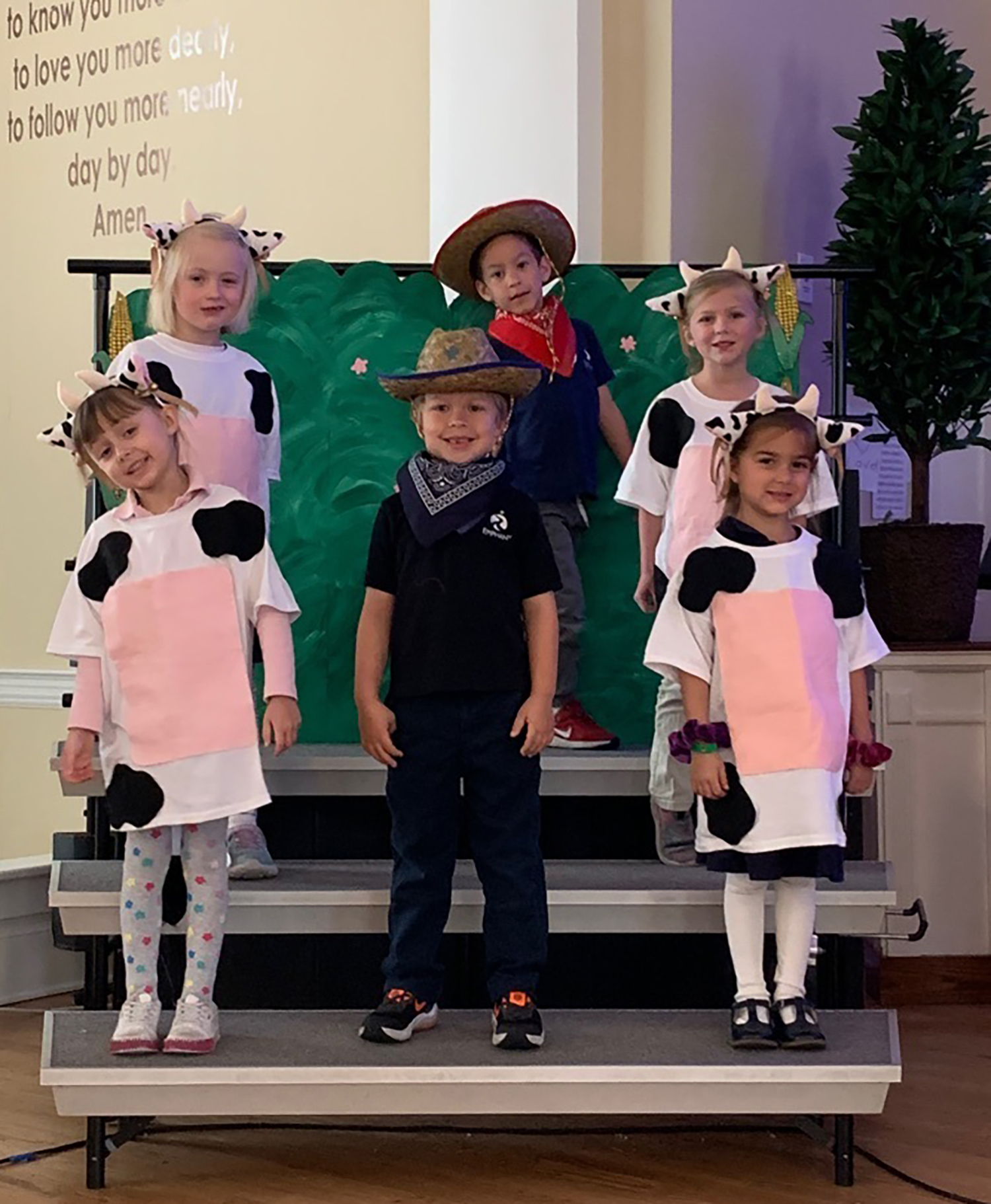
PHYSICAL EDUCATION
Our Physical Education program allows students to engage, explore, play, and work together in a creative, safe environment. Sports and games allow students to develop skills and work together. It also helps improve locomotor movements in game play situations.
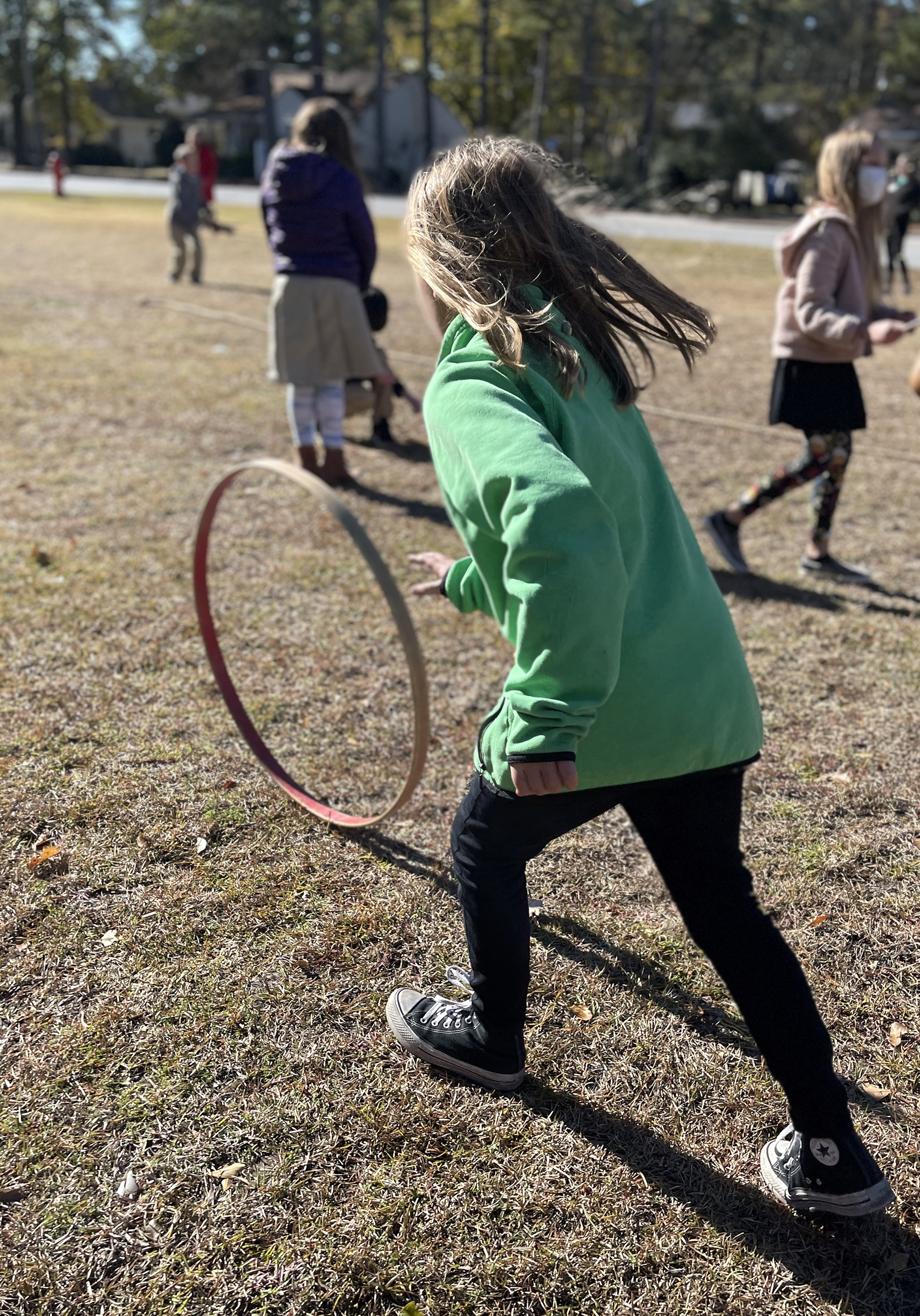
Electives
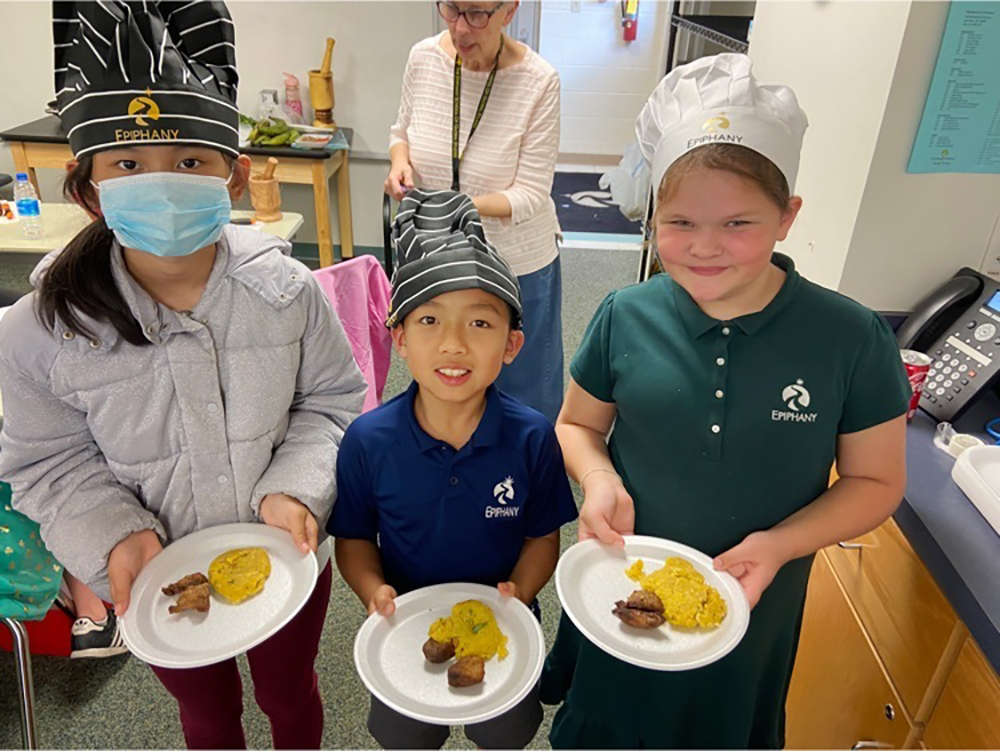
Student-chosen electives are offered in grades 3-5. These electives include opportunities in STEM, art, music, drama, Spanish, the culinary arts, photography, and international topics.
TECHNOLOGY
Lower School technology classes are designed to work within a student’s age and understanding of different types of technology to facilitate learning using digital education. Depending on grade level, instruction can range between learning the functions of a computer, learning to type, coding, digital citizenship, and all aspects of the Google Suite for Education. Our goal is to ensure students become proficient and confident with computer use, the internet, learning management systems, and digital literacy to assist them in their educational needs for Middle and Upper School.
